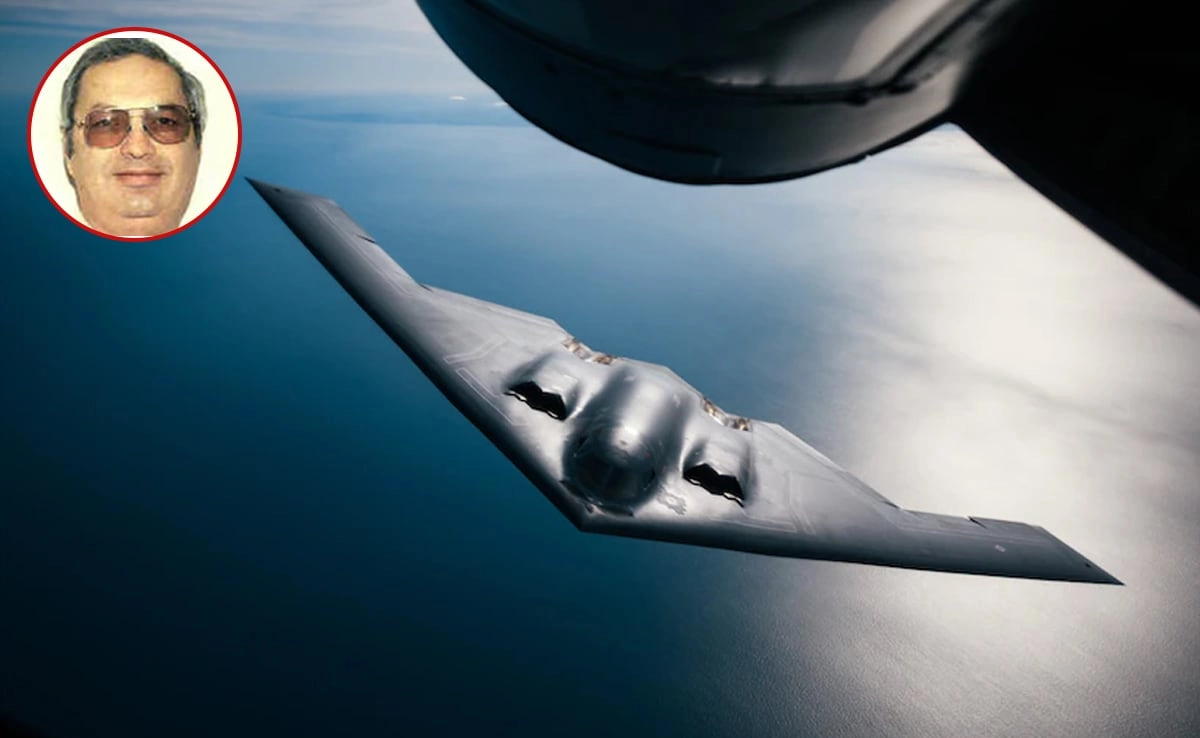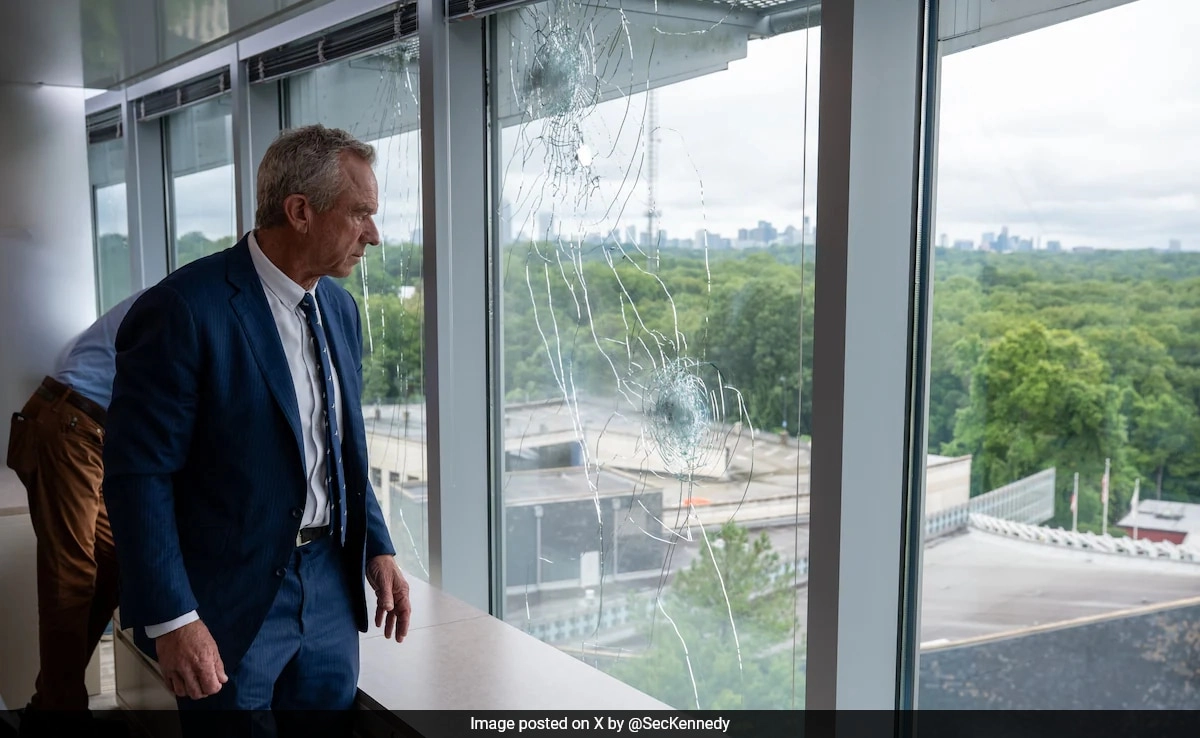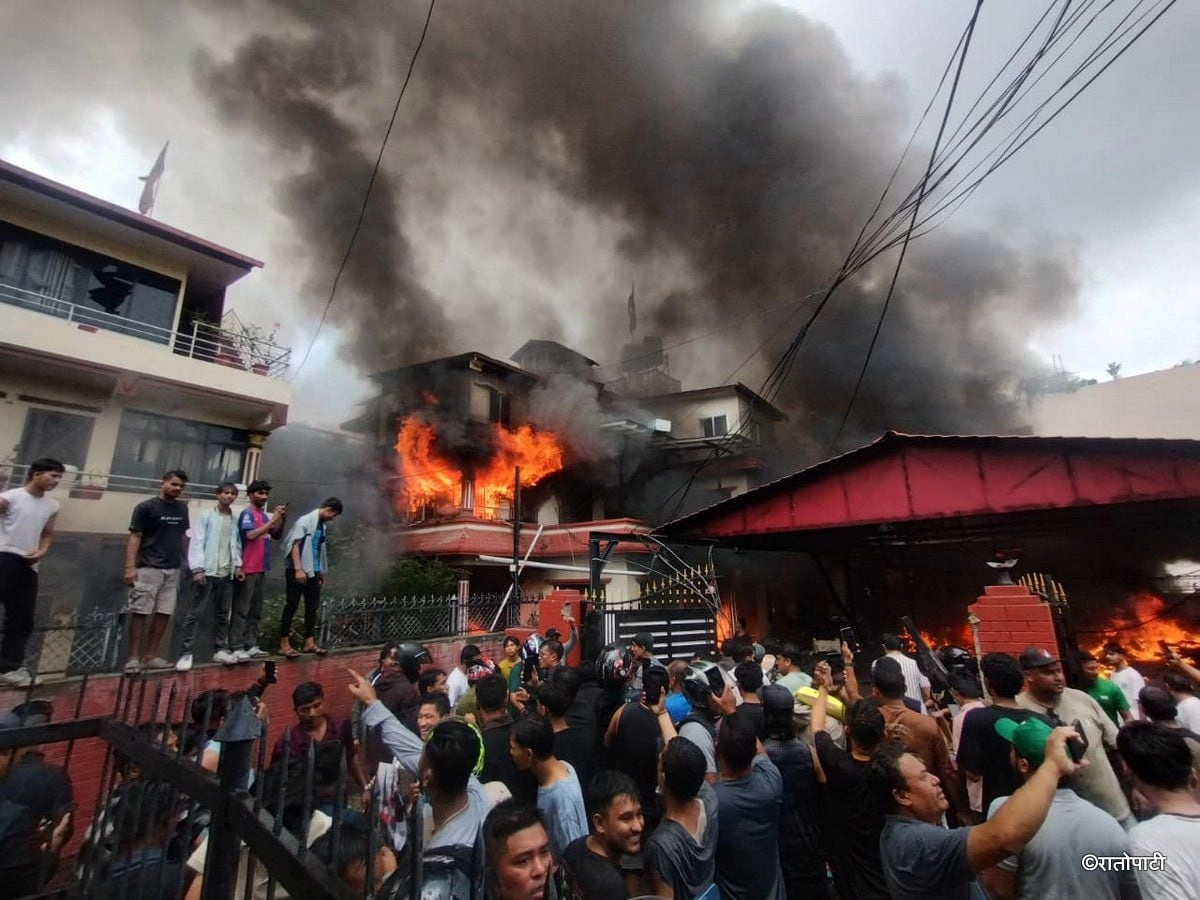An Indian-origin engineer, who once played a pivotal role in developing the B-2 Stealth Bomber for the United States, has been apprehended on charges of espionage for China. This shocking revelation highlights the increasing concerns regarding national security and the vulnerability of sensitive technological advancements to foreign infiltration. The engineer, whose expertise in aerospace design and engineering was highly regarded, allegedly exploited his position to transmit classified information to Chinese operatives. This case underscores the potential risks associated with highly skilled professionals working in critical defense sectors, where the temptation of lucrative offers or ideological alignments can lead to devastating consequences.
The engineer’s career trajectory is particularly striking, given his significant contributions to one of the most advanced military aircraft in the world. The B-2 Stealth Bomber is a cornerstone of U.S. military capability, designed for penetrating sophisticated air defenses and delivering both conventional and nuclear payloads. The information he reportedly leaked could have far-reaching implications for U.S. defense strategies and military readiness. The espionage case raises questions about the safeguards in place to protect sensitive information and the effectiveness of background checks for individuals in sensitive positions. It also illustrates how the globalized nature of the workforce can sometimes blur the lines of loyalty and national security.
As investigations unfold, the implications of this case extend beyond individual culpability to broader geopolitical tensions between the United States and China. The incident reflects a persistent pattern of espionage activities aimed at acquiring advanced military technologies that can bolster a nation’s defense capabilities. In this context, the U.S. faces an ongoing challenge to secure its technological edge while managing an increasingly complex international landscape where economic and military interests often converge. This situation serves as a stark reminder of the need for vigilance and robust counter-espionage measures to protect national interests while fostering collaboration in the global technology arena.
Consequently, the fallout from this espionage case may generate renewed discussions on the balance between innovation, collaboration, and security. The U.S. must navigate the delicate waters of attracting global talent in engineering and technology while simultaneously safeguarding its intellectual property and national security interests. This dilemma is not only pertinent to defense contractors like those involved in the B-2 program but also to various sectors where sensitive information and technology can easily become targets for foreign adversaries. It is imperative for organizations to reinforce their internal security protocols and cultivate a culture of loyalty and integrity among employees to mitigate the risks posed by espionage.




